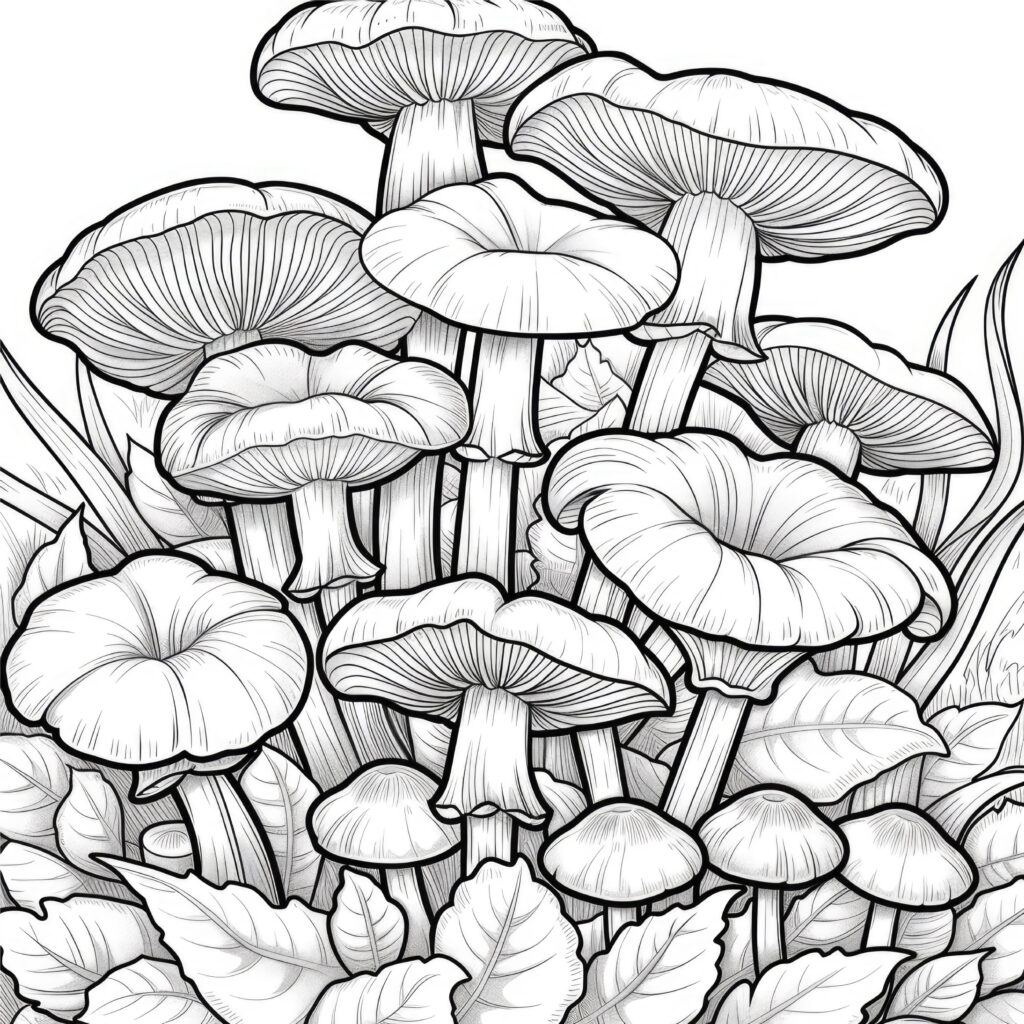If you’ve ever wanted to learn how to create a unique Drawing:plcxcsjeqpq= Mushroom, you’re in the right place! Drawing mushrooms can be fun and rewarding for both beginners and experienced artists alike. The quirky shapes, vibrant colors, and endless variations make mushrooms a perfect subject for imaginative drawings. In this guide, we’ll walk you through everything you need to know, from gathering your materials to adding the final details.
Table of Contents
Why Drawing Mushrooms Is Fun and Easy
Starting with a Drawing:plcxcsjeqpq= Mushroom is a great way to practice your skills without feeling overwhelmed. Mushrooms are simple in form yet allow for creative freedom in color, texture, and design. Additionally, mushrooms come in a wide range of shapes and sizes, making them ideal for anyone looking to experiment with different styles. Whether you’re interested in a realistic approach or something more whimsical, mushrooms provide the perfect canvas.
When it comes to drawing mushrooms, you don’t have to worry about getting everything perfect. With a bit of practice, you’ll be amazed at how quickly your skills improve! So, grab a pencil and let’s get started with your unique Drawing:plcxcsjeqpq= Mushroom!
Gathering Materials for Your Drawing:plcxcsjeqpq= Mushroom
Before you begin drawing, you’ll want to gather some basic materials. Although mushrooms may seem simple, having the right tools will make a big difference in how your Drawing:plcxcsjeqpq= Mushroom turns out. Here’s what you’ll need:
Basic Supplies for Mushroom Drawing
First, start with the essentials:
- Pencils: A range of pencils (HB, 2B, 4B, 6B) will allow you to create various lines and shading effects.
- Eraser: You’ll want a soft eraser to clean up any mistakes without damaging the paper.
- Paper: Use quality drawing paper for the best results. If you’re using markers or watercolors later, thicker paper is recommended.
- Fine-tip pens (optional): If you want to outline your mushroom in ink, fine-tip pens will provide precision.
Next, you may want to gather some reference photos of mushrooms to guide your drawing. Photos can help you see different mushroom shapes, patterns, and details that you can incorporate into your Drawing:plcxcsjeqpq= Mushroom.
Step-by-Step Process to Draw Your Mushroom
1. Drawing the Basic Shape
Begin your Drawing:plcxcsjeqpq= Mushroom by sketching a simple outline. Most mushrooms start with two main shapes: the cap and the stem. The cap is usually a rounded or umbrella shape, while the stem is cylindrical. Draw lightly, so you can adjust as you go.
How to Shape the Mushroom Cap
The cap of the mushroom is the most prominent feature, so it’s important to get the shape just right. Draw a smooth, curved line to form the top of the cap. Depending on the type of mushroom, the cap can be flat, bell-shaped, or even slightly wavy.
Once the top of the cap is complete, sketch the underside where the gills will be. You can add a curve to show where the cap connects to the stem, giving your mushroom depth and realism.
2. Shaping the Stem and Adding Gills
Next, it’s time to add the stem to your Drawing:plcxcsjeqpq= Mushroom. The stem should be thicker at the base and slightly narrower at the top where it meets the cap. Keep the lines light, as you’ll refine them later. Now, you can draw the gills, which are the lines radiating from the center of the mushroom’s underside. They help add texture and dimension to your drawing.

Adding Details and Texture to Your Mushroom Drawing
After you’ve sketched the basic shapes, it’s time to add some unique details to make your Drawing:plcxcsjeqpq= Mushroom stand out. This is where you can really let your creativity shine! Mushrooms come in all sorts of varieties, and each has its own texture and pattern. Some mushrooms have spots on their caps, while others have intricate gills or raised textures.
3. Shading and Creating Depth
Now that the outline of your mushroom is complete, it’s time to add shading. Shading is essential for giving your mushroom depth and a realistic feel. Start by identifying where your light source is coming from. This will help you decide where to add shadows on the cap, stem, and underneath the mushroom.
Use your different pencils to create varying shades of darkness. For instance, the areas closest to the light source will remain lighter, while the shaded side of the mushroom will be darker. This contrast will make your Drawing:plcxcsjeqpq= Mushroom look more three-dimensional and life-like.
Adding Color to Your Drawing= Mushroom
4. Coloring Your Mushroom
After adding all the details and texture, you may want to bring your Drawing:plcxcsjeqpq= Mushroom to life with color. You can use colored pencils, markers, or even watercolors to add vibrant hues. Choose natural colors like reds, browns, yellows, and greens, or go for a more imaginative palette with purples, blues, and pinks.
Coloring your mushroom is a great way to personalize your drawing. For instance, if you’re inspired by the famous fly agaric mushroom, you can add bright red to the cap and white spots. Alternatively, you might decide to blend multiple colors to give your mushroom an otherworldly appearance.
Conclusion: Finishing Your Drawing= Mushroom
Once you’ve completed the steps above, take a moment to step back and appreciate your work! Your Drawing:plcxcsjeqpq= Mushroom should now be a unique piece of art that reflects your creativity. Don’t be afraid to experiment with different mushroom shapes, sizes, and colors in the future. The more you practice, the more confident you’ll become in your drawing abilities.
Remember, drawing is a skill that improves over time. Whether you’re drawing for fun or looking to build your artistic portfolio, creating a Drawing:plcxcsjeqpq= Mushroom is a fantastic way to develop your talent. So, keep drawing, keep experimenting, and most importantly, have fun with it!
